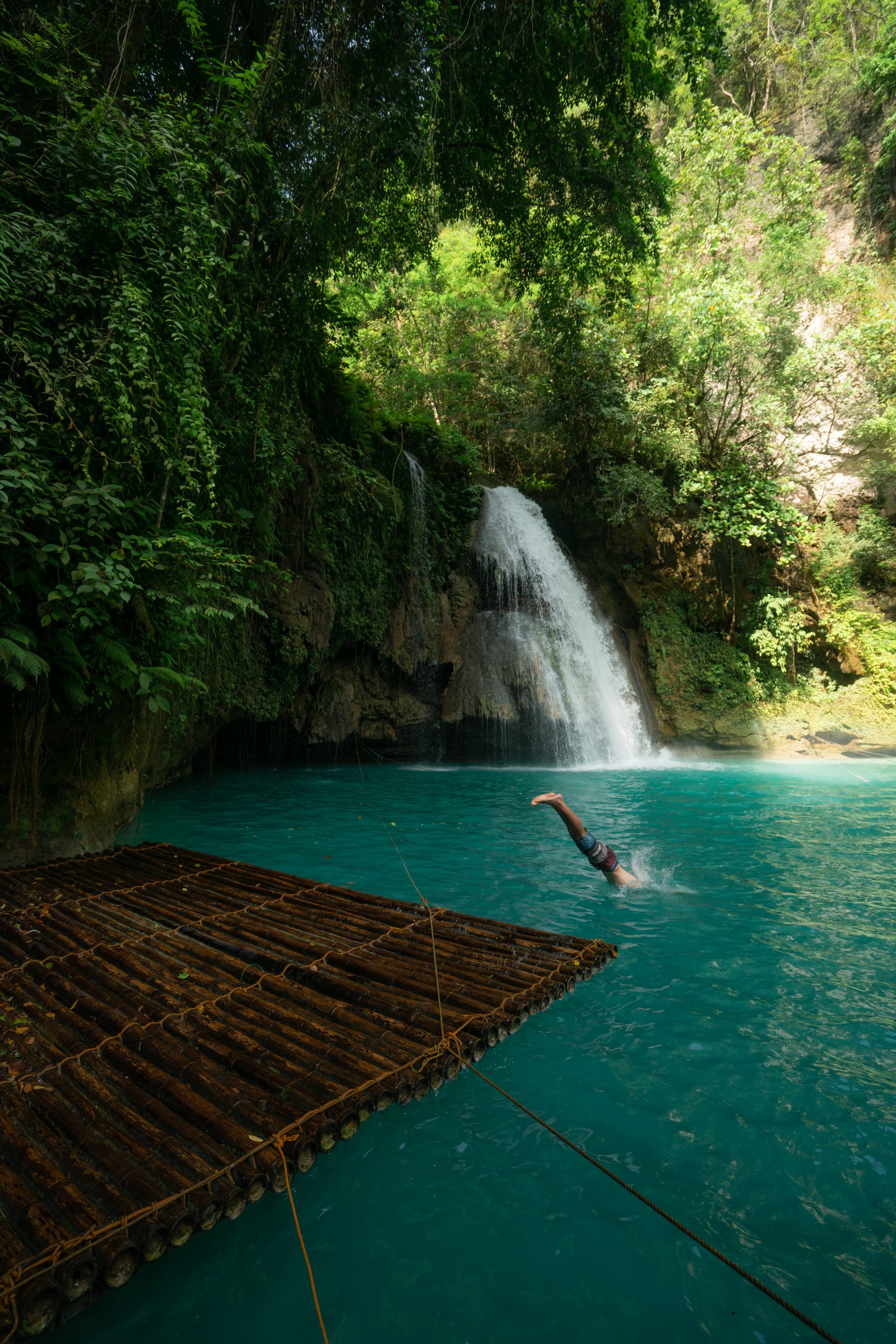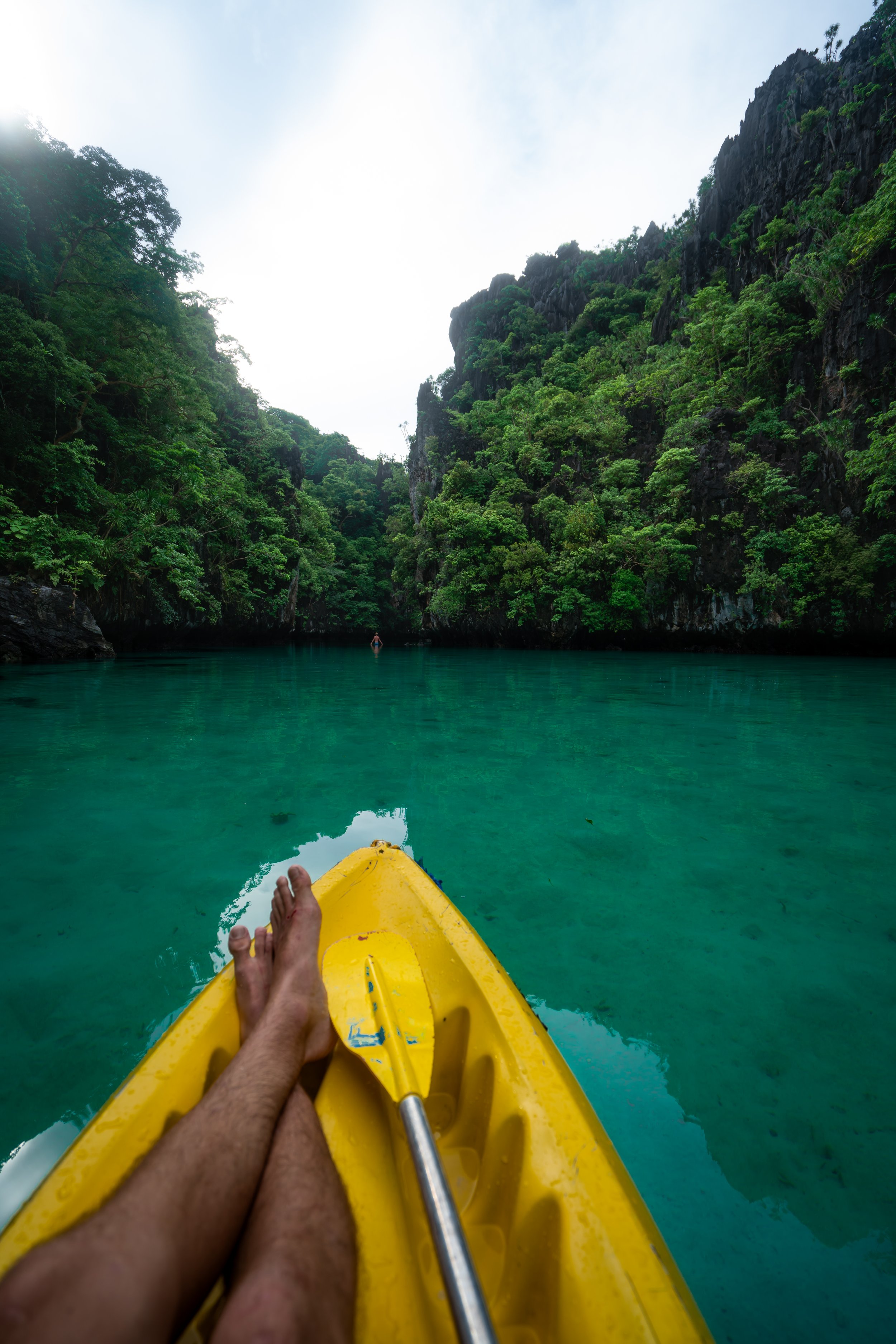Exploring Sapa, Vietnam: What to Expect as a First-Time Visitor
Sa Pa, also spelled Sapa, is a picturesque mountain town in northwestern Vietnam near the Chinese border, and it’s well known for its stunning natural beauty, terraced hillsides, cool and comfortable weather, and rich cultural diversity—which is why a trip to Sapa is a must-do when spending any time in Hanoi!
All that to say, traveling to Sapa was my favorite part of my 12-day stay in northern Vietnam, and I honestly wish I had more time to spend in Sapa, as well as time to check out Mù Cang Chải, where you can find even more similar villages!
How to Get to Sapa, Vietnam?
Sapa is a small town located in the Hoàng Liên Son Mountains, approximately a 5-6 hour bus ride northwest of Hanoi.
That being said, traveling to Sapa is actually very easy once you land in Hanoi. I say this because it seems that on almost every block in the city, there is some sort of tourism agency or hotel trying to sell bus tickets and tours to Sapa.
However, to make things even easier so that you don’t overpay as a visitor, I recommend booking below.
Typically speaking, bus transports to Sapa are on a sleeper bus, meaning that your ticket on the bus is actually a bunk bed where you can sleep as the bus makes the long journey to Sapa through the night.
Best Things to Do in Sapa, Vietnam
Sapa is all about relaxing, hiking, learning about the culture, and best of all, the views!
If you love hiking but hate touristy areas, then don’t even question whether you should visit or not. You will have a great time in Sapa!
What is the Best Time of Year to Visit Sapa?
Without a doubt, the best time of year to see the rice terraces is during the harvest, which typically begins around the end of September into early October.
Where is the Best Place to Stay in Sapa, Vietnam?
If you’re a budget traveler, my highest recommendation goes out to HostelWorld when looking for a place to stay. The reviews, the photos, and the amenities on the app were almost always accurate, making it one of the most trustworthy ways to look for accommodations in Southeast Asia.
That being said, I stayed at the Sapa Odyssey Hostel, which was such an amazing place to stay for such a cheap price!
All said, drinking coffee every morning from their balcony with this moody view had to be one of my favorite things about Sapa!
Locals & Tours in Sapa
When you get to Sapa, you’ll realize that the entire town is located on a hill, while all the rice terraces are actually right below you or on the far mountainside in front of you.
That being said, the second I walked outside every day I was there, I was swarmed with elderly ladies trying to guide me. They would say things like 'Hi, what is your name?' or 'Where are you from?' just to start a conversation and then follow you wherever you go.
Most often, they will try to lead you to Lao Chải, a village on the south side of the valley.
Furthermore, if you would like a good, inexpensive tour, then definitely have these ladies guide you because their tour will be much cheaper than a tour booked in Hanoi. However, expect that they will also want you to buy some small souvenirs or spend money in some kind of way at the end of the tour.
Therefore, if you just want to explore Sapa on your own, kindly tell them to leave you alone. I actually gave in on my first day, but after that, I had to tell them to leave me alone, so that I could make the most out of my time.
Since I went with them the first day, the next day I was surprised when random people started telling me I had to pay to walk into the same areas. Being told that I needed to pay to explore bothered me, but since the ladies showed me the best routes to get to the valley floor the day prior, I knew exactly where to go to avoid paying these arbitrary fees to enter certain villages.
My Thoughts on Sapa Homestays
Other than buying the bus ticket above, the number one thing I was most thankful for when visiting Sapa was NOT booking a homestay!
While agencies and booking offices in Hanoi will try to sell you on homestays by saying that homestays are the best way to go, don’t listen to them!
It doesn’t matter where you sleep; it only matters how you spend your time when you’re not, and for me, it was exploring every possible area of the Muong Hoa Valley that I could in the few days I was there.
Hiking into the Muong Hoa Valley
This is how I learned to avoid hiking fees from my first day, after being guided by one of the locals.
If your goal is to get to the bottom of the valley where the Cat Cat Village is and explore from there, then follow these instructions:
Take the road almost directly in front of but to the left of the Sapa Odyssey Hostel when looking into the valley.
When the road splits, go left, then take the muddy trail on the left again.
After you go down an extremely muddy hill, go right, and you will be able to wander your way down into the valley and explore from there.
I did not find a perfect way down to the bottom, but anyone can figure it out. If you go left at the bottom of the first hill down the road just below the Sapa Odyssey Hostel (Step 1 & 2), you can avoid the pay station right around Pao's Sapa Leisure Hotel, but make sure you go far enough away from the hotel below the road toward Lao Chải Village, or else you will just pop up right back on the road where they will ask you to pay again.
Yes, I do realize that the fees aren’t much at all when you convert VND to USD, but it was more the principle that made me so determined to avoid all fees. I hate being charged to explore unless I know the fee is going toward a good cause.
Hiking Checklist - Vietnam
Here is a complete list of must-have things that you will want for any hike in Sapa.
Hiking to the Opposite Side of the Muong Hoa Valley
Another cool area to explore and get great views of the opposite side of the Muong Hoa Valley is by going down the road where the Sapa Clay House is located.
From here, go right at the split in this road, as a left will take you to Lao Chải Village.
After the bridge at the bottom, go right up the skinnier path instead of left on the wide one. If you stay on the most trafficked road/ path from the split, you can get to the very top of this road where the terraces end and the mountains begin.
Personally, looking back at Sapa from this view was my favorite part about hiking in Sapa.
Later, I tried to analyze where I would have gone if I went left at the split, and I was pretty sure you could get up the mountain that way. However, I couldn’t say for sure.
Hiking the Fansipan Peak Trail (Tallest Peak in Vietnam)
If you’re coming from sea level, don’t take the hike to Fansipan Peak lightly.
Fansipan peak is 10,326 ft. (3,143 m) tall, which may surprise you if you’ve been spending time a lower elevation.
For this reason, Fansipan Peak has the option of being booked as a one- or two-day trip if you feel like you need the extra time.
3 Things to Expect Before Visiting Sapa
Something I heard from the others staying at the Sapa Odyssey Hostel was that the Cable Car was overpriced and not worth it!
That was just a few people’s opinions, but take it as you will.
If you ever hike anywhere too far or confusing from where you started, almost all roads have people with motorbikes—meaning there will be someone willing to drive you back to town for about 50,000-100,000₫, depending on where you are.
Finally, while you can explore anywhere in Sapa that you want, please be respectful while doing so.
Building these terraces and cultivating rice in this way is back-breaking work. When you walk on terraces, especially less trafficked ones, watch where you step, and try not to do anything that would erode or otherwise destroy their hard work in any way.
The locals in Sa Pa are extremely nice, so please show that same kindness back to them when you go out exploring.




